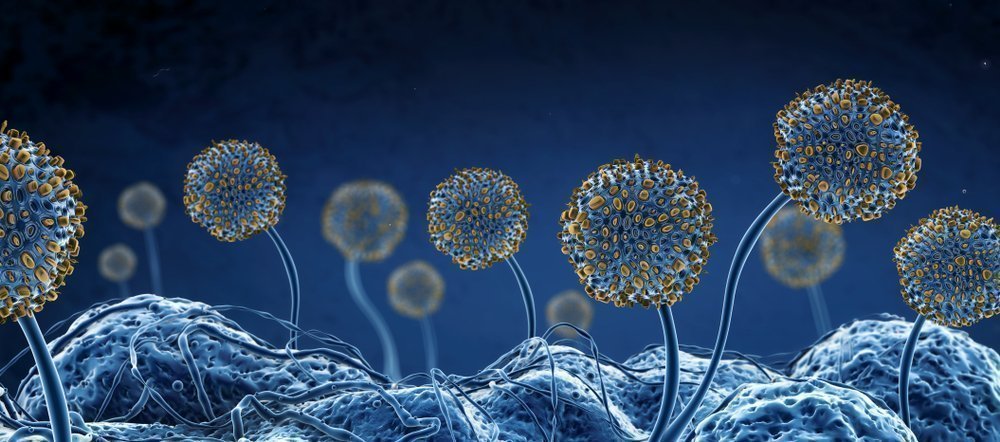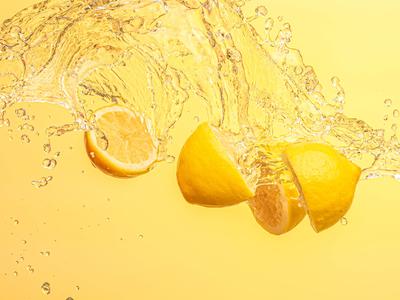Mould Toxicity and Lyme Disease
Coping with Lyme disease can often feel like an uphill battle, but if you’re receiving treatment and it still feels like a battle you’re losing, mould toxicity might be to blame.
Exposure to indoor mould and mycotoxins – naturally occurring toxins found in food such as cereals, nuts, spices and dried fruits, among others – can damage the immune system, hindering Lyme recovery programmes.
And the Catch 22 in all of this is that due to fatigue and mobility constraints, Lyme disease sufferers may be more vulnerable to mould toxicity due to the increased amount of time they spend indoors.
The World Health Organisation estimates that damp affects between 10% and 50% of indoor environments in Europe, North America, Australia, India and Japan.
The UN agency also says that there is sufficient evidence to show that occupants of damp or mouldy buildings are at increased risk of respiratory symptoms, respiratory infections and asthma. Exposure to mould and other dampness-related microbial agents also “increases the risks of rare conditions, such as hypersensitivity pneumonitis, allergic alveolitis, chronic rhinosinusitis and allergic fungal sinusitis.”
Mould and mycotoxin exposure also exacerbates existing conditions such as Lyme disease by increasing inflammation, thereby making it harder for the body to fight infections while significantly worsening chronic inflammatory symptoms such as brain fog, chronic fatigue, joint pain, and gastrointestinal issues.
For this reason, mould toxicity should be treated before expecting Lyme disease treatment to work simply because of the huge strain mould toxicity places on the immune system.
A Familiar Story
Interestingly, Lyme disease and mould toxicity share a number of common symptoms, including:
- chronic inflammation;
- brain fog;
- anxiety;
- depression;
- mood swings;
- weight issues;
- chronic fatigue;
- respiratory problems;
- headaches;
- muscle aches, cramps, joint pain;
- skin and light sensitivity;
- coughing and shortness of breath;
- dizziness;
- excessive thirst, increased urination, static shocks;
- numbness and tingling;
- abdominal pain and diarrhoea;
- hot flushes and night sweats;
- red eyes and tearing;
- and food sensitivity.
Treating Mould Toxicity
The very first step to take in the journey back to wellness is to get Lyme disease sufferers away from mouldy environments. Only then can you effectively start the process of detoxifying the body.
“There are several ways to treat the effects of mould,” says Neomed’s functional medicine practitioner and nutritionist, Tina Christoudias, “but it all starts with opening up the detoxification venues. You want to make sure that the liver is up to par as well as the lungs, the lymph system, the kidneys and digestion. Then you can start with a detoxification protocol.
“In short, you have to address all kinds of things before you address the mould such as parasitic infection, bacterial overgrowth in the intestine, fungal overgrowth in the intestine and heavy metals. If you don’t address those areas, one at a time, they will hinder your chances of getting rid of any mould in your body.
“Once these stages have been followed, you can use binders to help to bind and get rid of the mould in the body.”
Like with all illnesses, the severity of mould-related health issues will differ from person to person, which is why all of Neomed’s programmes are tailored to meet the needs of each guest. Key steps for treatment, following detoxification, may include:
- Binders to shift mycotoxins, the toxic compounds that are naturally produced by certain types of mould (fungi);
- Addressing Candida overgrowths such as yeast infections, thrush and digestive issues;
- Treating mould and bacterial infection in the gut, lungs and sinuses;
- Antifungal treatments;
- Infrared sauna and ozone saunas, can be very beneficial for recovery from mould-related illness;
- Yoga, meditation or even gentle stretching can also be helpful when it comes to calming an overactive stress response in the body
“This really is a process,” says Tina. “Unfortunately, taking a pill is not how it works. The essence of functional medicine is to make sure your body is functioning optimally so that it can get rid of stuff by itself.”
Once the body is clear of mould-related toxins, the immune system is better able to target chronic infections, such as Lyme disease, and improve gut health.
During the recovery period, it is advisable to steer clear of food that can either contain mould growth or support mould growth such as dried fruit, bread, yeast, corn, potatoes, fermented food, grapes, certain cheeses, cured meats, peanuts and peanut butter. Some people may also need to avoid all grains, legumes, and dairy products, and strictly limit their intake of fruit due to the high sugar content.
Once mould is eliminated and the inflammatory markers have come down, you can start investigating protocols for Lyme and its co-infections. If treatment is begun before any mould toxicity is under control, things will not get better.
Why Mould Toxicity and Lyme Disease Are Common Bedfellows
Unfortunately, exposure to Lyme disease can make you more susceptible to mould illness and vice versa. Both conditions also have the potential to make the other more difficult to treat.
Mycotoxins damage the immune system and increase sensitivity to bacterial endotoxins found on the outer membrane of bacterial cell walls. As a result, the body’s response to Borrelia burgdorferi, the causative agent of Lyme disease and its coinfections, may be heightened and lead to a further exacerbation of overall symptoms.







